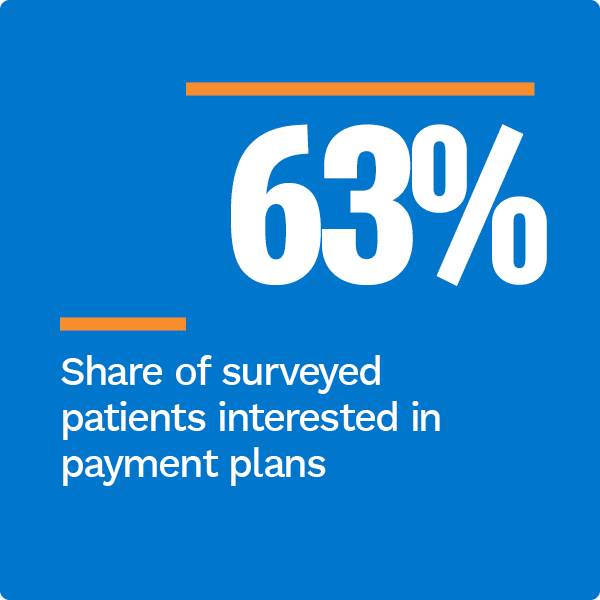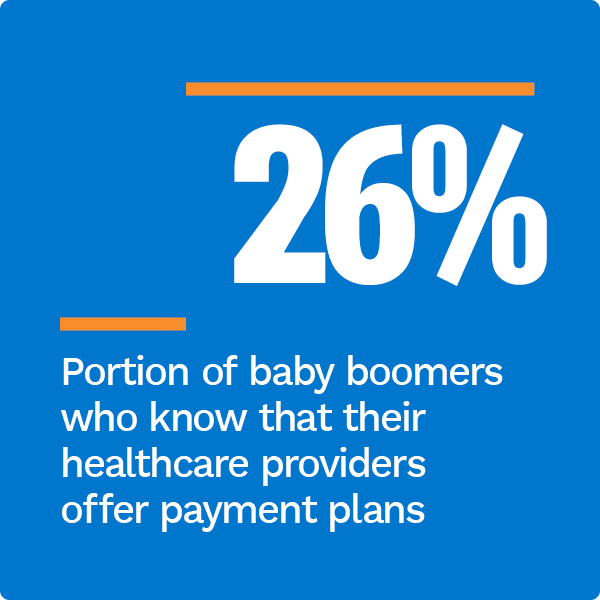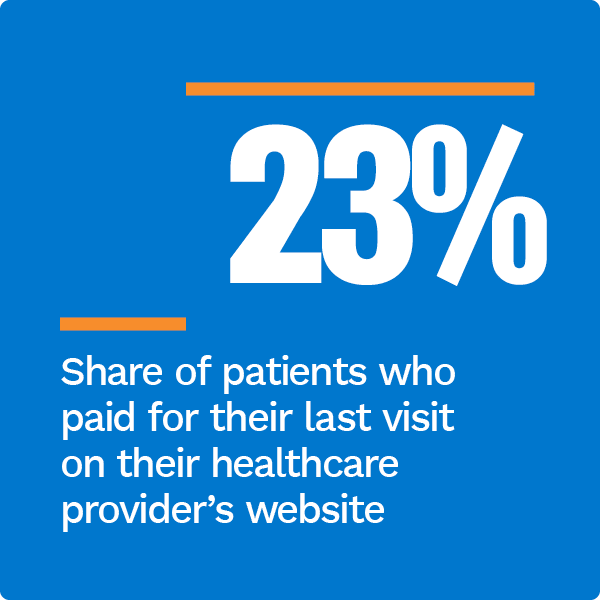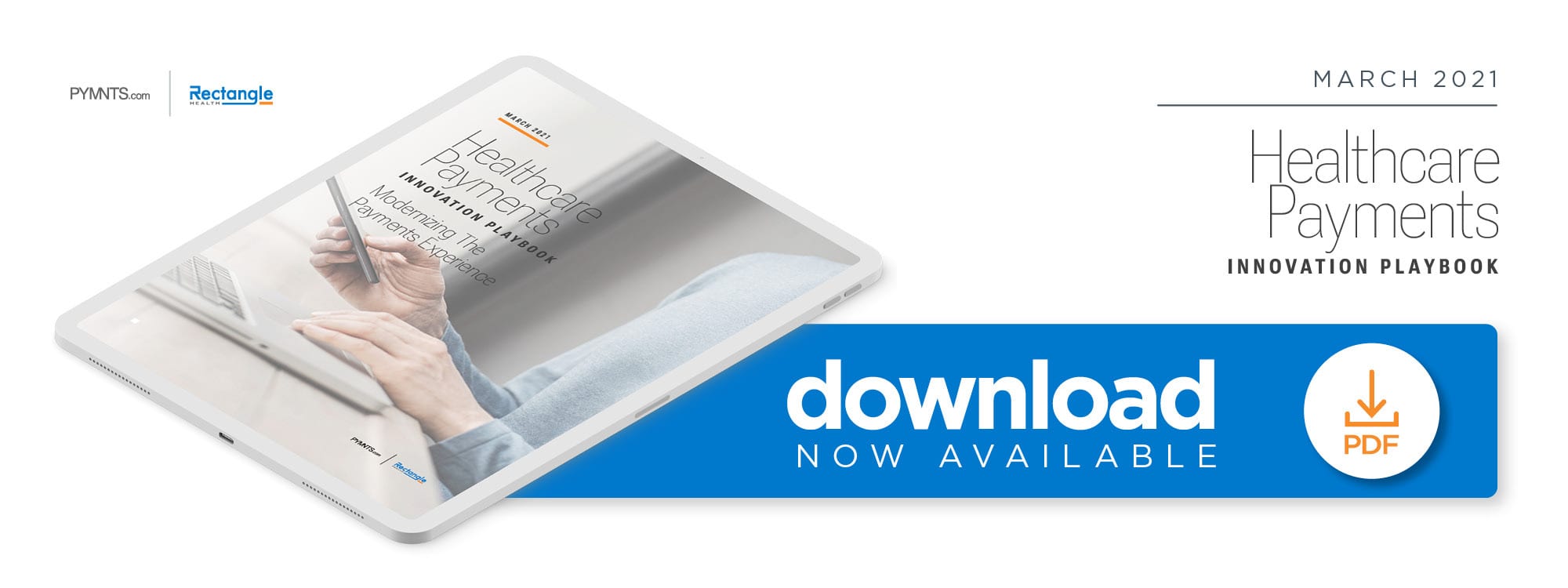NEW DATA: Three Payment Innovations That Keep Doctors’ Cash Flows Healthy

A new PYMNTS survey of 2,091 patients of private and group medical practices has shown what consumers want out of their healthcare payment experience.
The pandemic had a devasting impact on many private and group medical practices as consumers stayed home for their safety, avoiding nonessential procedures and even delaying some critical care. Medical professionals responded with a rapid launch of telehealth services and a new outlook on payments innovation. As consumers moved their day-to-day shopping online, healthcare services struggled to adjust to their consumers’ primarily digital payments needs.
Healthcare Payments Innovation Playbook: Modernizing The Payments Experience, a PYMNTS collaboration with Rectangle Health, surveyed 2,091 patients of private and group medical practices to reveal how consumers navigated the changing healthcare landscape and their attitude toward their customer experience. We discovered that consumers want their healthcare payment experiences to resemble their digital retail  experiences, for example, and many want user-friendly digital payment options that are easy to understand and access.
experiences, for example, and many want user-friendly digital payment options that are easy to understand and access.
Approximately 22 percent of private practice patients and 13 percent of group practice patients had difficulty paying for their medical care last year. While the economy took a devastating hit and 63 percent of all patients expressed interest in payment plans to make their out-of-pocket healthcare bills more affordable, most (83 percent of group practice patients and 60 percent of private practice patients) did not participate in one. Part of the gap between payment plan utilization and consumer interest may be consumer awareness: only 26 percent of baby boomers and seniors — a demographic with a high rate of expensive, chronic care needs — knew that their healthcare service offered a payment plan.
 Our research showed that only 23 percent of all patients used their healthcare provider’s website to pay for their visit with only 4 percent paying by clicking a link in an email and less than 1 percent paying via text. While most patients paid in person for their visits, the situation became more complicated when telehealth was factored in. Patients who cannot visit their provider must use alternate methods of payment online or medical practices may face a complex (and perhaps elongated) billing, payment or collections process.
Our research showed that only 23 percent of all patients used their healthcare provider’s website to pay for their visit with only 4 percent paying by clicking a link in an email and less than 1 percent paying via text. While most patients paid in person for their visits, the situation became more complicated when telehealth was factored in. Patients who cannot visit their provider must use alternate methods of payment online or medical practices may face a complex (and perhaps elongated) billing, payment or collections process.
Our research showed that patients of certain specialty medical care practices such as dermatology faced difficulty in paying their bills at nearly twice the rate of others, like ophthalmologists, at 33 percent and 9 percent, respectively.
 We found that 53 percent of private practice dermatologists’ patients paid the entire cost of their visit out of pocket. Healthcare providers in areas of medicine that are frequently considered elective and excluded from full coverage by medical plans have an even greater motivation than most to improve patient experience at checkout.
We found that 53 percent of private practice dermatologists’ patients paid the entire cost of their visit out of pocket. Healthcare providers in areas of medicine that are frequently considered elective and excluded from full coverage by medical plans have an even greater motivation than most to improve patient experience at checkout.
To learn more on how 2020 impacted the healthcare customer experience and how medical practices can leverage payments innovations to transform these experiences, download the playbook.

